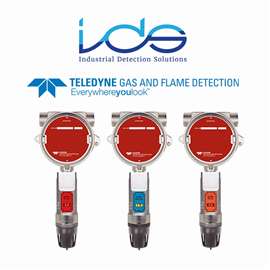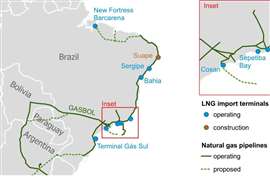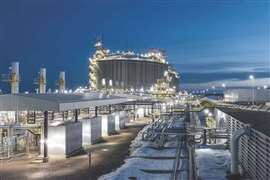Teledyne GFD and IDS launch gas detection sensor manufacturing in Saudi Arabia
July 10, 2025
Dammam facility supports IKTVA program and expands local supply capabilities
Teledyne Gas & Flame Detection (Teledyne GFD) has announced a new partnership with Industrial Detection Solutions (IDS) to establish a 699-square-meter manufacturing facility in Dammam, Saudi Arabia. The initiative is designed to localize production of gas detection sensors for the Kingdom’s oil and gas sector and support the broader goals of the In-Kingdom Total Value Add (IKTVA) program.
A formal opening ceremony for the new plant was held in June.
The facility will enable local production of Teledyne GFD’s high-precision gas detection sensors, including the DM-700 toxic gas sensor, the FP-700 catalytic bead sensor for combustible gases, and the IR-700 infrared hydrocarbon gas sensor. These products are widely used in oil and gas production and drilling, LNG and CNG facilities, and refining and petrochemical sites.
“Manufacturing closer to both customers and suppliers enables even faster delivery of class-leading gas detection products in support of more efficient supply chains,” said Thomas Moeller, vice president of sales and marketing at Teledyne GFD. “We are proud to be part of Saudi Arabia’s ongoing journey of economic and industrial growth.”

The partnership aligns with IKTVA’s objectives of boosting domestic content in the Kingdom’s energy sector. IKTVA, launched by Saudi Aramco, is aimed at strengthening the local supply chain, encouraging knowledge transfer, and creating long-term value through in-Kingdom manufacturing and services.
The DM-700 sensor employs electrochemical technology to detect and monitor oxygen and toxic gases, featuring a field-replaceable cell that automatically recognizes gas type and range. The FP-700 and IR-700 sensors use catalytic bead and non-dispersive infrared (NDIR) technologies, respectively, to detect combustible gases across the 0–100% lower explosive limit (LEL) range.
All three models are designed to resist common environmental hazards such as water ingress, corrosion, vibration, and electrical transients—enhancing operational safety across industrial installations.
MAGAZINE
NEWSLETTER

CONNECT WITH THE TEAM









